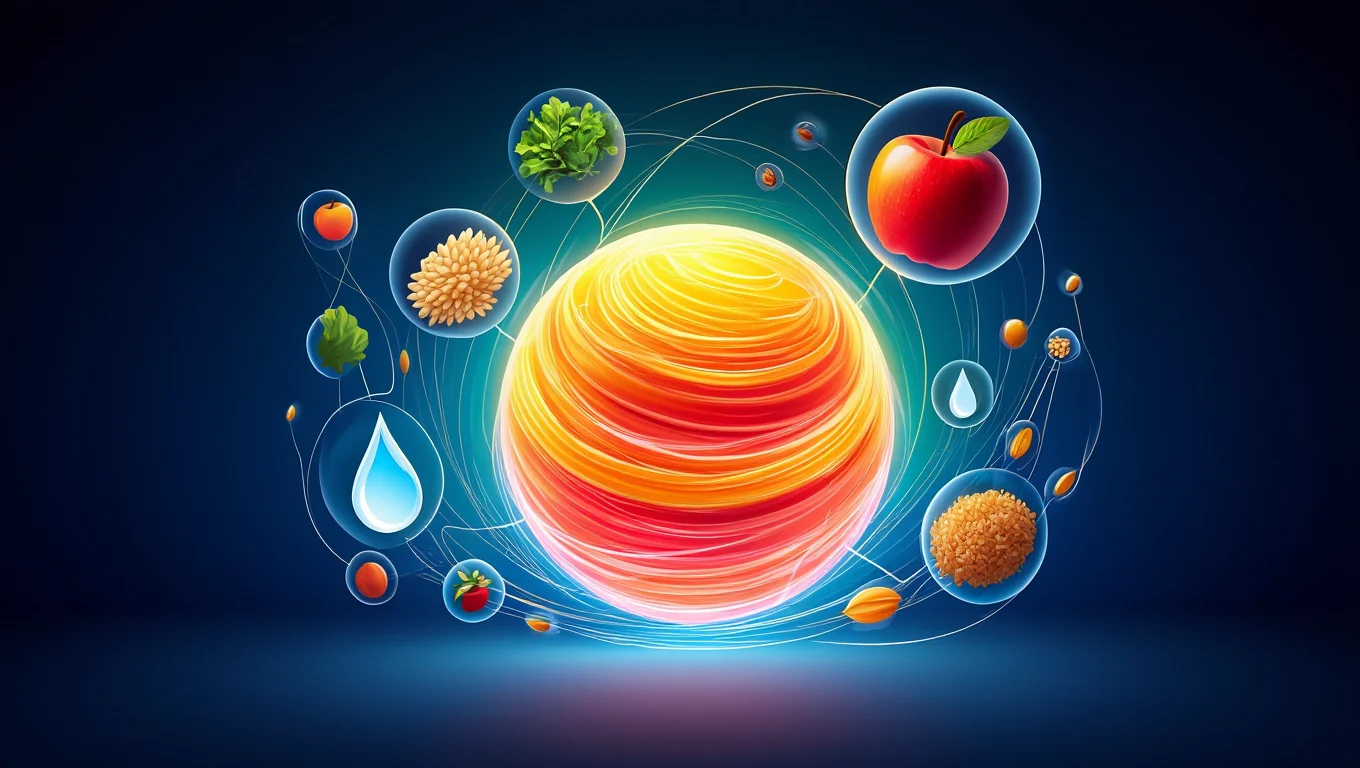Feeling tired and sluggish is a common complaint, but it doesn’t have to be your reality. The food you eat plays a crucial role in determining your energy levels throughout the day. By organizing your nutrition strategically, you can fuel your body for sustained energy, improved focus, and enhanced well-being. In this article, we’ll explore practical tips to help you optimize your meals and snacks, ensuring you feel energized and ready to tackle whatever comes your way.
Why Nutrition Impacts Energy Levels
Your body relies on the nutrients you consume to function at its best. Without proper fuel, you may experience energy crashes, brain fog, and fatigue. On the other hand, a well-planned approach to nutrition provides steady energy, supports mental clarity, and boosts overall vitality.
1. Blood Sugar Stability
Foods high in refined sugars or processed carbs cause rapid spikes and drops in blood sugar, leading to energy fluctuations. Balanced meals stabilize blood sugar and prevent crashes.
2. Nutrient Density
Nutrient-rich foods like fruits, vegetables, whole grains, and lean proteins provide essential vitamins and minerals that support cellular function and energy production.
3. Hydration Matters
Dehydration is a common cause of fatigue. Even mild dehydration can impair concentration, mood, and physical performance.
Step 1: Start with a Strong Breakfast
Breakfast sets the tone for your day. A nutrient-packed morning meal kickstarts your metabolism and provides the energy needed to stay focused and productive.
1. Include Protein and Fiber
Pair protein (like eggs, Greek yogurt, or nut butter) with fiber-rich foods (like oats, whole-grain toast, or fruit) to keep you full and energized.
2. Avoid Sugary Options
Skip sugary cereals, pastries, or flavored coffee drinks that lead to mid-morning energy slumps. Opt for balanced choices instead.
3. Stay Hydrated
Start your day with a glass of water or herbal tea to rehydrate after a night’s sleep. Add lemon or cucumber slices for flavor if desired.
Step 2: Plan Balanced Meals
Each meal should include a mix of macronutrients—protein, healthy fats, and complex carbohydrates—to sustain energy levels.
1. Prioritize Whole Foods
Choose minimally processed options like quinoa, sweet potatoes, leafy greens, nuts, seeds, and lean proteins. These provide long-lasting energy without causing blood sugar spikes.
2. Add Healthy Fats
Incorporate sources of healthy fats like avocados, olive oil, nuts, and fatty fish. These slow digestion and provide a steady release of energy.
3. Don’t Skip Meals
Skipping meals can lead to overeating later and cause energy dips. Stick to regular meal times to maintain consistency.
Step 3: Snack Smart
Healthy snacks bridge the gap between meals and prevent energy crashes. Choose options that combine protein, fiber, and healthy fats for sustained fuel.
1. Go for Whole-Food Snacks
Examples include apple slices with almond butter, carrots with hummus, or a handful of trail mix with nuts and dried fruit.
2. Avoid Processed Snacks
Chips, cookies, and candy may provide a quick energy boost, but they’re followed by a sharp crash. Opt for nutrient-dense alternatives instead.
3. Keep Snacks Accessible
Prep snacks in advance and keep them handy—at work, in your bag, or in your car—to avoid reaching for unhealthy options when hunger strikes.
Step 4: Time Your Meals Strategically
When you eat can be just as important as what you eat. Timing meals and snacks effectively ensures you stay energized throughout the day.
1. Eat Every 3-4 Hours
Spacing meals and snacks evenly prevents extreme hunger and stabilizes energy levels.
2. Adjust for Activity Levels
Fuel up before workouts with a small snack containing carbs and protein, like a banana with peanut butter. Afterward, replenish with a balanced meal or recovery snack.
3. Avoid Late-Night Eating
Eating too close to bedtime can disrupt sleep and leave you feeling sluggish the next day. Aim to finish meals at least 2-3 hours before bed.
Step 5: Incorporate Hydration Habits
Staying hydrated is essential for maintaining energy and focus. Dehydration can mimic symptoms of fatigue, making it harder to function optimally.
1. Drink Water Throughout the Day
Carry a reusable water bottle and sip regularly. Set reminders if needed to ensure consistent hydration.
2. Add Electrolytes When Needed
For intense workouts or hot weather, consider adding electrolyte-rich drinks or coconut water to replenish lost minerals.
3. Limit Caffeine Intake
While caffeine can provide a temporary boost, excessive consumption may lead to jitteriness and energy crashes. Stick to 1-2 cups of coffee or tea daily and avoid drinking it late in the afternoon.
Final Thoughts
Optimizing your nutrition for energy is about more than just choosing healthy foods—it’s about planning, timing, and consistency. By starting with a strong breakfast, planning balanced meals, snacking smart, timing your intake strategically, and staying hydrated, you can create a sustainable approach to eating that fuels your body and mind. Remember, small adjustments add up over time, leading to big improvements in how you feel and perform daily.
What’s one change you’ll make today to organize your nutrition for better energy? Share your thoughts—we’d love to hear how these strategies are helping you feel more vibrant and alive!

